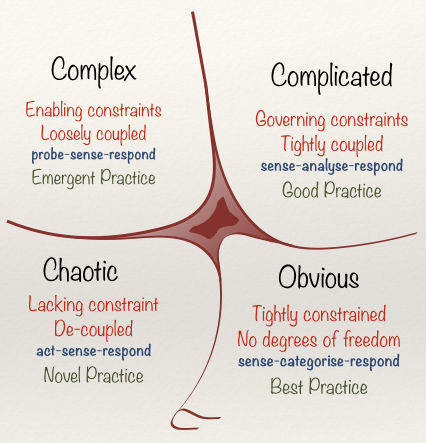Fear not the chaos– that space where we fall apart, where creativity flows. Where systems are deconstructed so that we may rise like the Phoenix from the ashes. Yes, it’s scary. Exploring our edges is fundamentally a source of discomfort. Discomfort at leaving the relative safety of that which is known, and the fear of what we may discover out beyond our current boundaries.
Alright… enough philosophizing! 🙂
Seriously, we’ve all experienced chaos on our farms, especially in the early years. In a certain sense, we almost thrive on it and love the adrenaline rush of crisis management. On top of it all, we’re actually really skilled at responding chaos and love the creativity and ‘freedom’ of it. While the ability to respond to chaos is super useful, we need to be mindful not to get stuck in a pattern of chaos on the farm.
Ultimately, we need to kick this addiction to chaos if we are to build a farm that is to more fully support the lifestyle we would love to live (while at the same time accepting that there are times when we’ll be called upon to embrace the chaos at certain moments!).
I’d like to share with you this interesting framework for understanding how organizational systems can shift and evolve: The Cynefin Framework.

There’s also a great chart on page 7 of this article that really lays out the differences between the 4 contexts, the roles of the leader in each context, and some common pitfalls to watch out for.
What I appreciate most about this framework is that it lays out the different roles of leaders depending on each of the 4 contexts: Complex, Complicated, Simple (aka Obvious), and Chaotic. One major shift in terms of farm leadership that I see emerging more and more on small scale organic farms is the shift from Command-and-Control (which is appropriate in a chaotic context) to a role of guidance and support for the farm’s crew (which is essential allow for the emergence and discovery of patterns in a complex context) while developing the clear protocols and systems for the areas of the farm where a simple context is appropriate.
The key is to realize that at any one moment there are multiple contexts at play in different areas of the farm… but the bottom line is that the time has come to shift away from the dominance of the chaotic context on small scale organic farms!
Your turn!!
- Which context the most present on your farm?
- What organizational shift is currently seeking to emerge?
- What is required of you as a leader to take your farm to the next level?